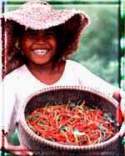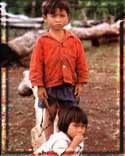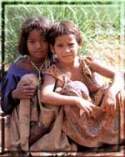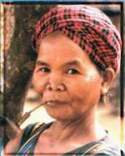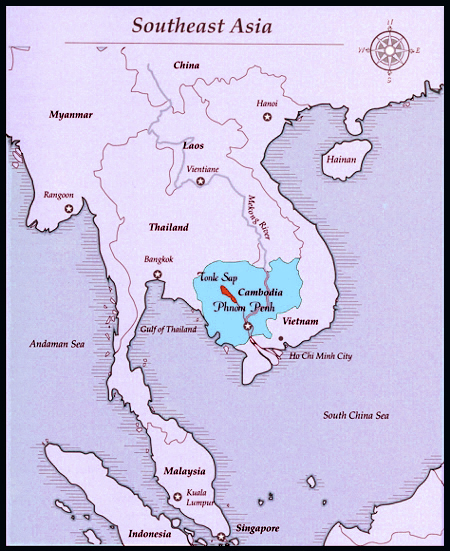KATGA is the first tourist guide association in Cambodia which was established on September 9, 1999. The purpose of the KATGA is to help find sustainable marketing and jobs for Tourist Guides who have been trained by Ministry of Tourism and UNESCO to be official and professional in the Tourism field. KATGA is based in Siem Reap Angkor, Cambodia.
We have cooperated closely with Travel Agents, private-sectors, organizations and our government in order to receive all updated information about tourism destinations and tourism policies, moreover we have collaborated with National Authority (Apsara) and ECOLE FRANCAISE D'EXTREME-ORIENT-International Institute (EFEO) in order to receive all information about new discovery Archeological sites in all over Cambodia.
So far, we have gotten more than 300 members who speak ten different languages such as English, French, Thai, German, Spanish, Italian, Russian, Japanese, Chinese and Vietnamese.
All our members have been joined occasional or short courses training on history, social, environment, Ecotourism and the other archeological sites by Ministry of Tourism and Apsara Authority for updating all new information.
Moreover KATGA has arranged many study trips for our members to visit other tourist attraction places around the country, especially to the Cultural and Ecotourism area around Tonle Sap Lake and to the northeast and the southwest of Cambodia country.
Through all endless study and long experience with our profession, we are ready to guide you all over Cambodia,Kingdom of Wonder. If you choose Cambodia for your holiday, please choose to travel with us, for sure you will get great experiences with our services.







































